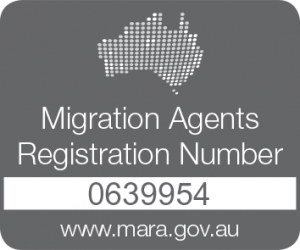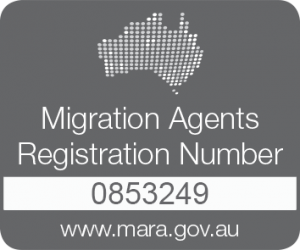Changes to company training benchmarks
Changes to company training benchmarks
Many approved Standard Business Sponsors or companies whom have nominated those for permanent residency will be aware of the training benchmark.
The benchmark was designed to demonstrate a company’s commitment to training Australian labour. A company is required to either place 2% of their 12-month gross payroll into an industry training fund or 1% of gross payroll to training Australian employees.
The benchmark is an arduous, but necessary, task when sponsoring international employees and the Department of Immigration & Border Protection (DIBP) has made, and will be making, changes to these benchmarks.
On 18 April 2017, the DIBP announced that from 1 March 2018, companies wanting to nominate international labour will pay a lump sum each year in to a Skilling Australians Fund (SAF), for Subclass 457 (or, as it will be known, Temporary Skill Shortage visa holders) and a one-off fee for Employer Nomination Scheme (ENS) permanent residency applications.
However, on 1 July 2017 the DIBP made further, restrictive changes to the existing training benchmarks, in lieu of the impending change on 1 March 2018.
We’ve been waiting for confirmation from our organisation body the Migration Institute of Australia (MIA) and the DIBP, of what these changes mean to current and future nomination applications. This is our understanding as follows:
- All new Standard Business Sponsorship applications will be affected by the changes;
- Employer Nomination Scheme (Direct Entry Stream) nomination applications will be affected by these changes.
- Employer Nomination Scheme (Temporary Residence Transition Stream) nomination applications will not be affected by these changes, but will be in the future; and
What are the new training benchmarks:
Training benchmark A
This involves paying 2% of payroll to an industry training fund. From July 2017 payments may be made to one of the following:
- Industry training fund
- Fund managed by recognised Industry Body
- Scholarship fund operated by Australian TAFE or University
The following types of expenditure are now not eligible:
- Funds operated by RTOs or private individuals
- Funds paying commissions or offering refunds if application fails
The main impact of this change is that the previous practice of private education providers accepting payments for Benchmark A will be discontinued. Many of these providers would pay commissions to migration agents referring clients.
Training Benchmark B – 1% of gross payroll expenditure
Expenditure that can count towards this benchmark includes payments made:
- for Australian employees to undertake a formal course of study, including any reasonable and necessary associated costs (e.g. costs of travelling to training venue or access an online learning programme);
- to RTOs to deliver face-to-face training to Australian employees that will contribute towards an Australian Qualification Framework qualification;
- to purchase an eLearning platform or standalone training software; or
- to cover the salary of:
- Australian employees engaged by the business as apprentices or trainees under a formal training contract; or
- Australian employees who have completed an undergraduate or higher degree in a university within the last 2 years; and
- Australian employees participating in a formal, structured graduate program for up to 2 years, or completing a professional year following their graduation
- to a person whose sole role is to provide training to Australian employees
- to attend conferences for continuing professional development.
Expenditure that cannot count towards this benchmark includes costs associated with:
- on the job training that is not otherwise identified above as applicable expenditure for Training Benchmark B;
- training that is not relevant to the industry in which the business operates;
- training undertaken by persons who are principals in the business or their family members;
- training that has a very low skill level having regard to the characteristics and size of the business;
- induction training;
- staff salaries apportioned to time spent undertaking online or other training courses;
- purchase of software for use in normal duties;
- membership fees;
- purchase of books, journals or magazine subscriptions;
- attending conferences for purposes other than continuing professional development; and
- hiring a booth at a trades show, conference or expo.
This means that apportioning employees’ salaries for training or paying external providers for training has now been restricted to:
- Hiring employees whose sole position is to train employees; and
- External providers who train staff, are required to train them towards a particular AQF qualification.
What does this mean if I am already approved as a standard business sponsor?
For our clients who are approved standard business sponsors, this means that from 1 July 2017 you must meet these new requirements as mentioned above. However, this is not retrospective, it is only required for training expenditure from 1 July 2017 until March 2018 when the new (SAF) levies are introduced.
For example – if you were approved as a standard business sponsor in December 2015:
December 2015 to December 2016 you meet the old training benchmark
December 2016 to June 2017 – you meet the old benchmark but from July 2017 to December 2017 – you must meet the new training benchmark as detailed above.
We will be contacting our corporate clients on a case-by-case basis to discuss how these changes will affect them and future applications.
If you have concerns/queries, please do not hesitate to contact our office.





